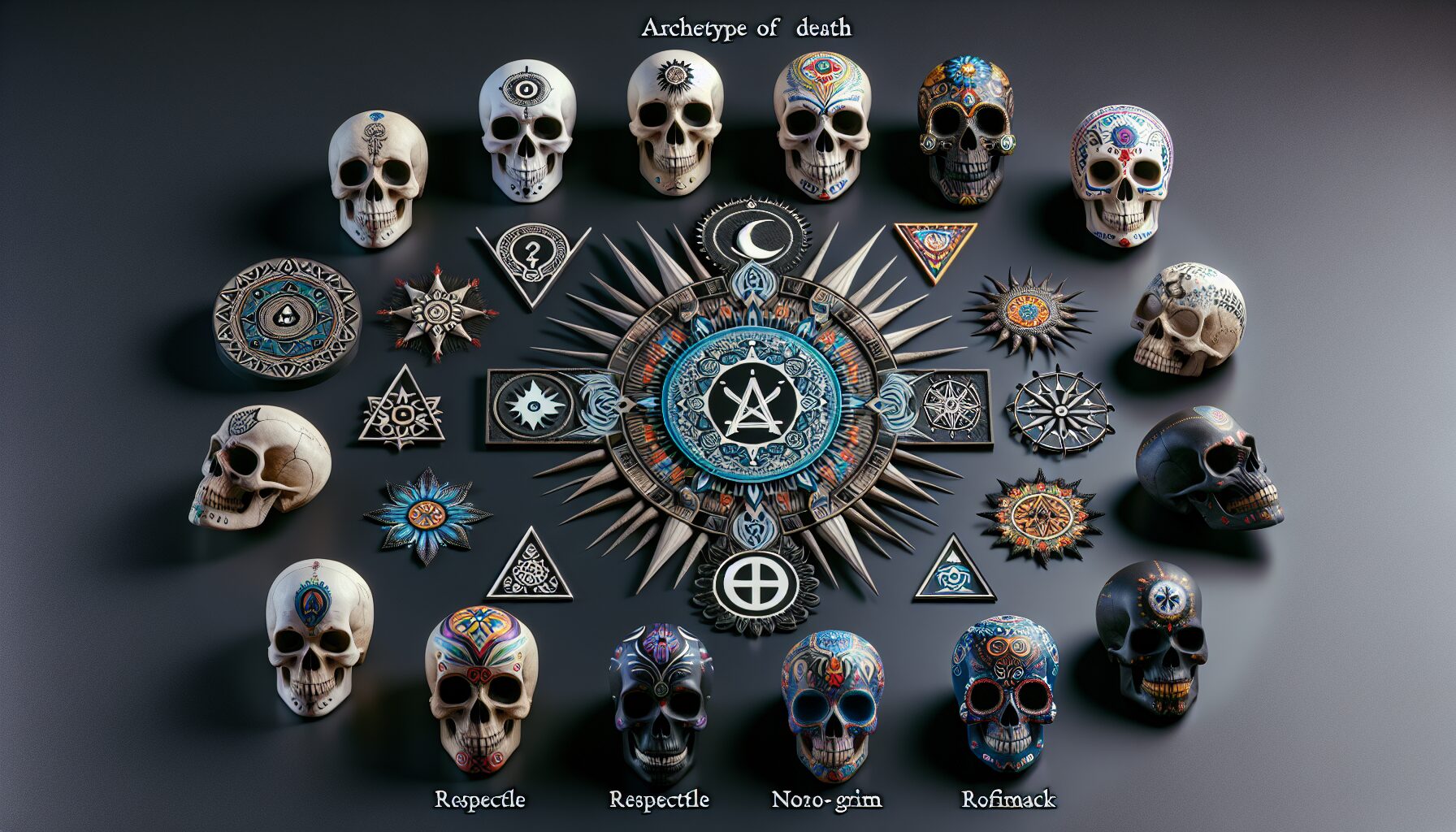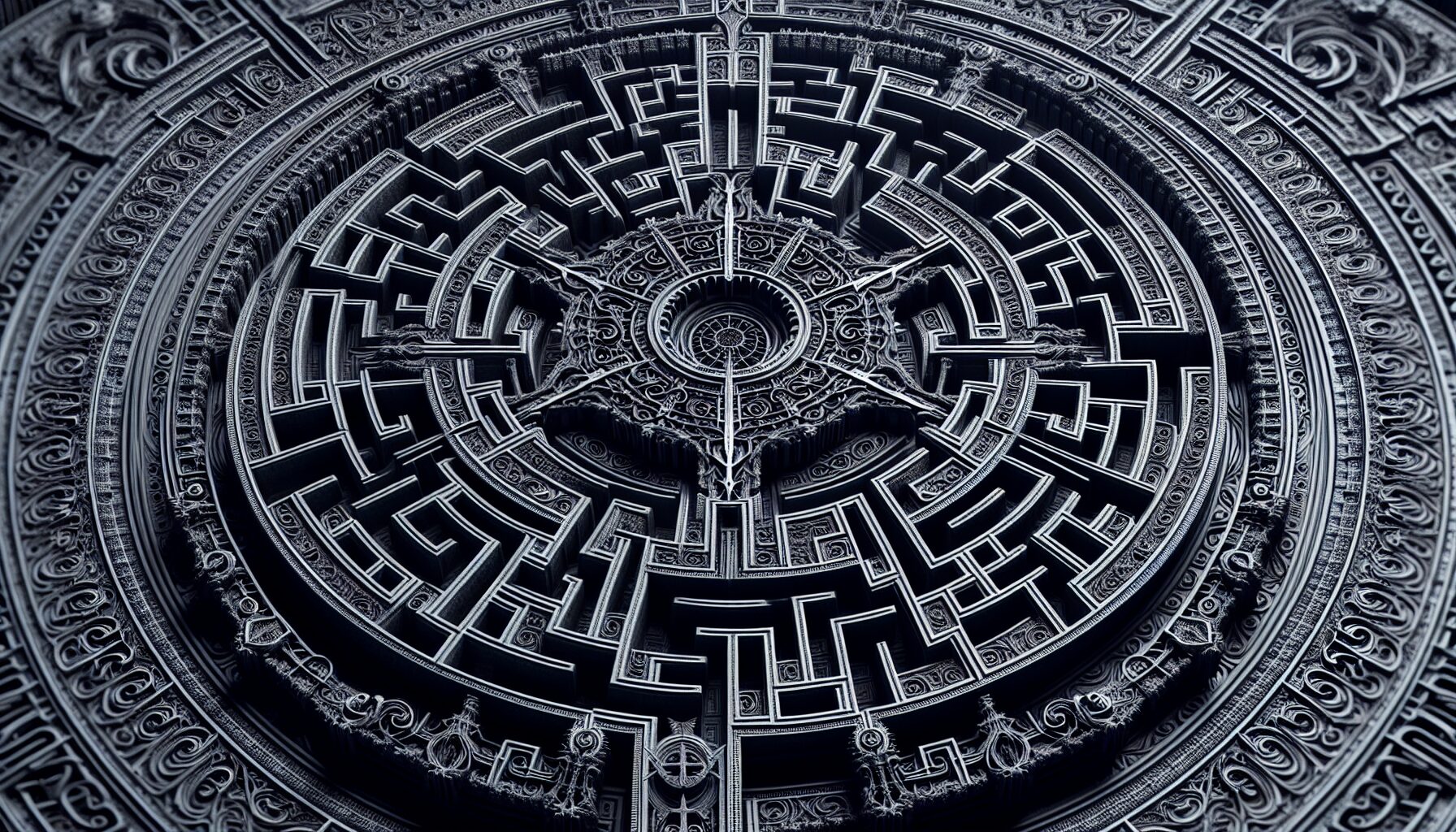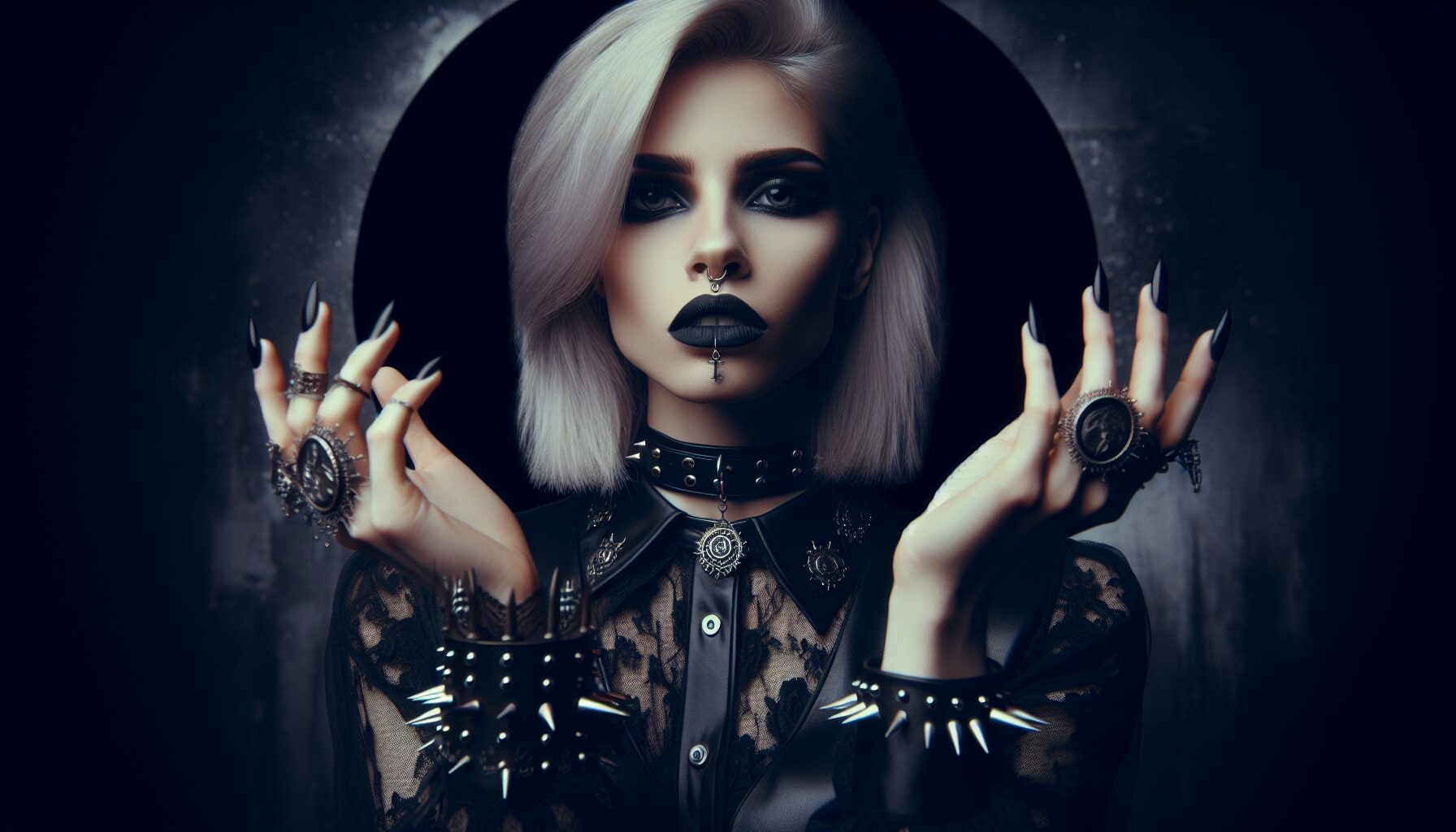The human skull, one of the most powerful and universally recognized symbols, has exuded an unsettling fascination across different cultures for centuries. Representing death, mortality, and the ephemeral nature of life, the skull has a profound impact on art, religion, and popular culture worldwide. It is a symbol often intertwined with the concept of memento mori, a Latin phrase meaning “remember that you must die,” serving as a stark reminder of humanity’s inevitable fate.
The Skull in Western Culture
In Western cultures, the skull is often associated with the grim visage of death and danger. It’s a staple in pirate lore, expressed poignantly through the Jolly Roger—a flag adorned with a skull and crossbones, signaling danger to any seafarer. The symbolism is further entrenched in art and literature during the Renaissance, where skulls appear in vanitas paintings to convey the transience of earthly pleasures and the certainty of death.
Eastern Interpretations
When moving eastward, the interpretations of the skull become more nuanced. In Hinduism and Buddhism, the skulls often represent the cyclic nature of life, death, and rebirth. Deities like Kali, the fearsome Hindu goddess, are depicted adorned with necklaces of skulls, symbolizing the destruction of ego and the liberation of the soul.
“The skull is not only a symbol of death but also a reminder of life, a call to make the most out of our fleeting existence.” – Unknown
Indigenous and Tribal Beliefs
Many indigenous and tribal cultures have a more integrated approach to the skull’s symbolism. In ancient Mesoamerican civilizations, such as the Aztec and Maya, skulls played a crucial role in rituals and beliefs surrounding the afterlife. During the Day of the Dead in Mexico, calaveras (skulls) are decorated and celebrated, reflecting an acceptance and reverence for the deceased as part of the life cycle.
Modern Culture and the Skull
In contemporary times, the skull has transcended its classical connections with death to become an emblem of rebellion and nonconformity, often used in fashion and music. It signifies a rejection of societal norms and serves as a counterculture icon, appearing in everything from runway shows to rock band logos.
Ultimately, the skull’s pervasive presence across cultures underscores a universal human confrontation with mortality, inviting each culture to interpret its meaning through the lens of their unique experiences and philosophies. Whether revered, feared, or celebrated, the skull remains a potent symbol that challenges us to reflect on the brevity of life and the reality of death.


